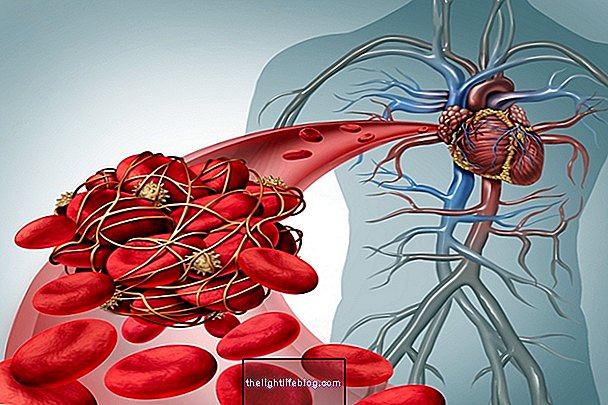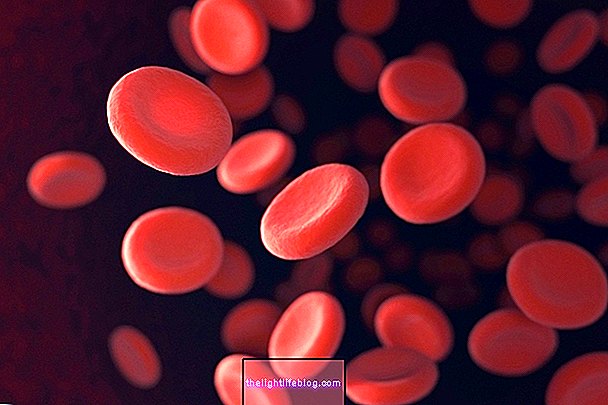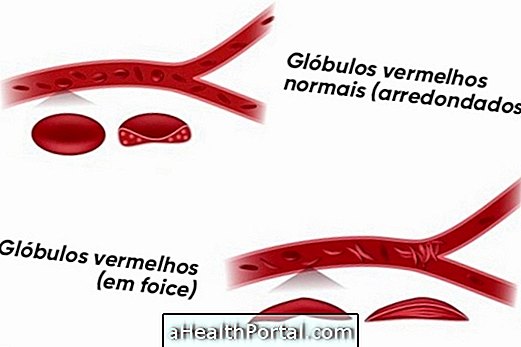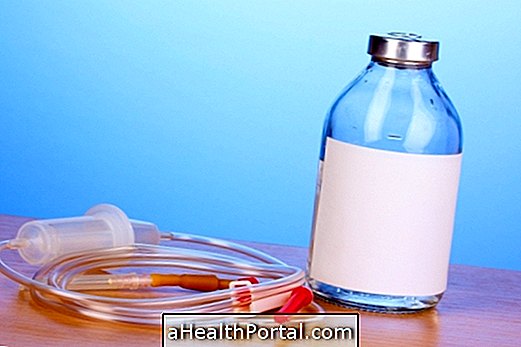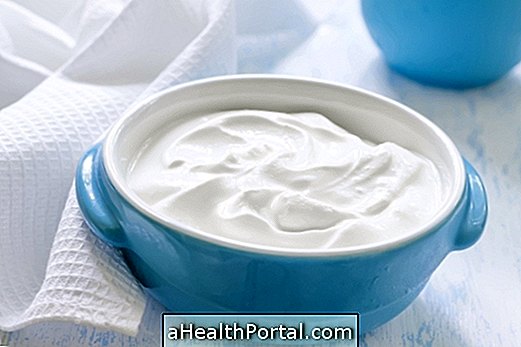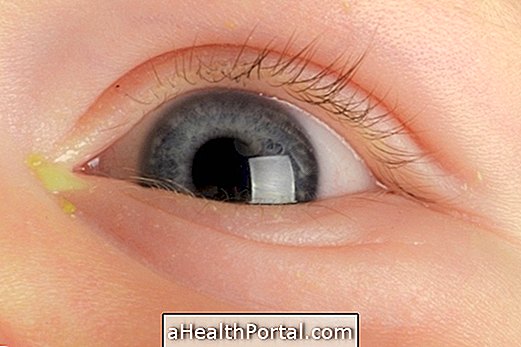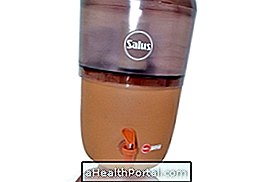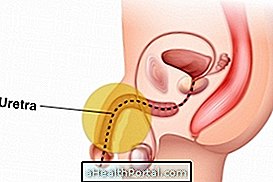Hyponatremia is the decrease in the amount of sodium in relation to water, which in the blood test is shown by values below 135mEq / L. This change is dangerous because, if in excess, it can cause cerebral edema, and result in symptoms such as nausea, malaise, drowsiness, seizures and even coma.
To treat this change, it is necessary to have sodium serum, prescribed by the doctor, in the amount necessary according to each case.
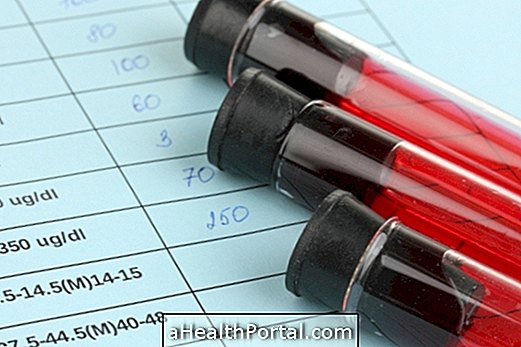
Main causes
The decrease in the concentration of sodium in the blood results from any disease that causes the amount of water eliminated by the body to be decreased or when the water accumulates in greater quantity in the blood, so that sodium is diluted.
Thus, some of the main causes are:
- Excessive blood sugar, which occurs in diabetes;
- Vomiting or diarrhea, which causes both hyponatremia and hypernatremia;
- Diseases that accumulate fluid in the body, such as heart failure, cirrhosis of the liver, severe hypothyroidism and chronic renal failure;
- Diseases and conditions that produce too much vasopressin, an antidiuretic hormone, such as the syndrome of inappropriate secretion of the antidiuretic hormone;
- Use of medications that can retain water, such as some anti-inflammatories;
- Performing excess physical exercises, such as in marathons, which stimulates the body to produce anti-diuretic hormone, in addition to consuming more water;
- Use of drugs, such as ecstasy;
- Consumption in excess of liquids, such as beer, teas, and even water. See other excess water damage to the body.
Drinking too much fluid to the point of hyponatremia can happen in psychiatric situations, such as potomania, drinking too much beer, or psychogenic polydipsia, in which the person drinks more than necessary water. Learn how to calculate the amount of water needed per day, not to drink too much or to miss.
For athletes, the ideal is not to overdo the amount drunk during exercise, as about 150ml of water for every 1 hour of exercise is enough. If you feel more thirsty than this, you should drink another isotonic drink, such as Gatorade, which contains important minerals, maintaining blood control.
How to diagnose
The identification of hyponatremia is done by the dosage of sodium, or Na, in the blood, which is below 135mEq / L.
The cause is diagnosed by the doctor, who investigates changes from the clinical history and other blood tests, such as assessment of kidney function, liver function, blood glucose levels, and blood and urine concentration, which help to determine the source of the change.
How is the treatment done?
To treat hyponatremia, the doctor must identify the intensity of the symptoms, and whether it is an acute or chronic installation change.
In severe acute hyponatremia, or when it causes symptoms, the serum is replaced with a higher amount of sodium, which is the hypertonic saline solution. This replacement should be carefully calculated according to each person's sodium requirement and made slowly because abrupt changes in sodium levels or excess sodium, which is hypernatremia, can also be harmful to brain cells. Learn more about what causes and how to treat hypernatremia.
Chronic hyponatremia can also be treated with hypertonic saline solution or with saline, and rapid correction is not necessary because the body already has some adaptation to that condition. In mild situations, another option is to restrict the amount of water you drink during the day, which can make the blood balance with salt and water.
Main symptoms
Hyponatremia causes edema in the cells, and when it does, causes no symptoms. However, in more severe cases, brain cell edema causes neurological symptoms to develop, such as:
- Headache;
- Nauseation and vomiting;
- Somnolence;
- Seizure crisis;
- With the.
Hyponatremia causing symptoms is considered an emergency and should be detected and treated as soon as possible in the emergency room.
